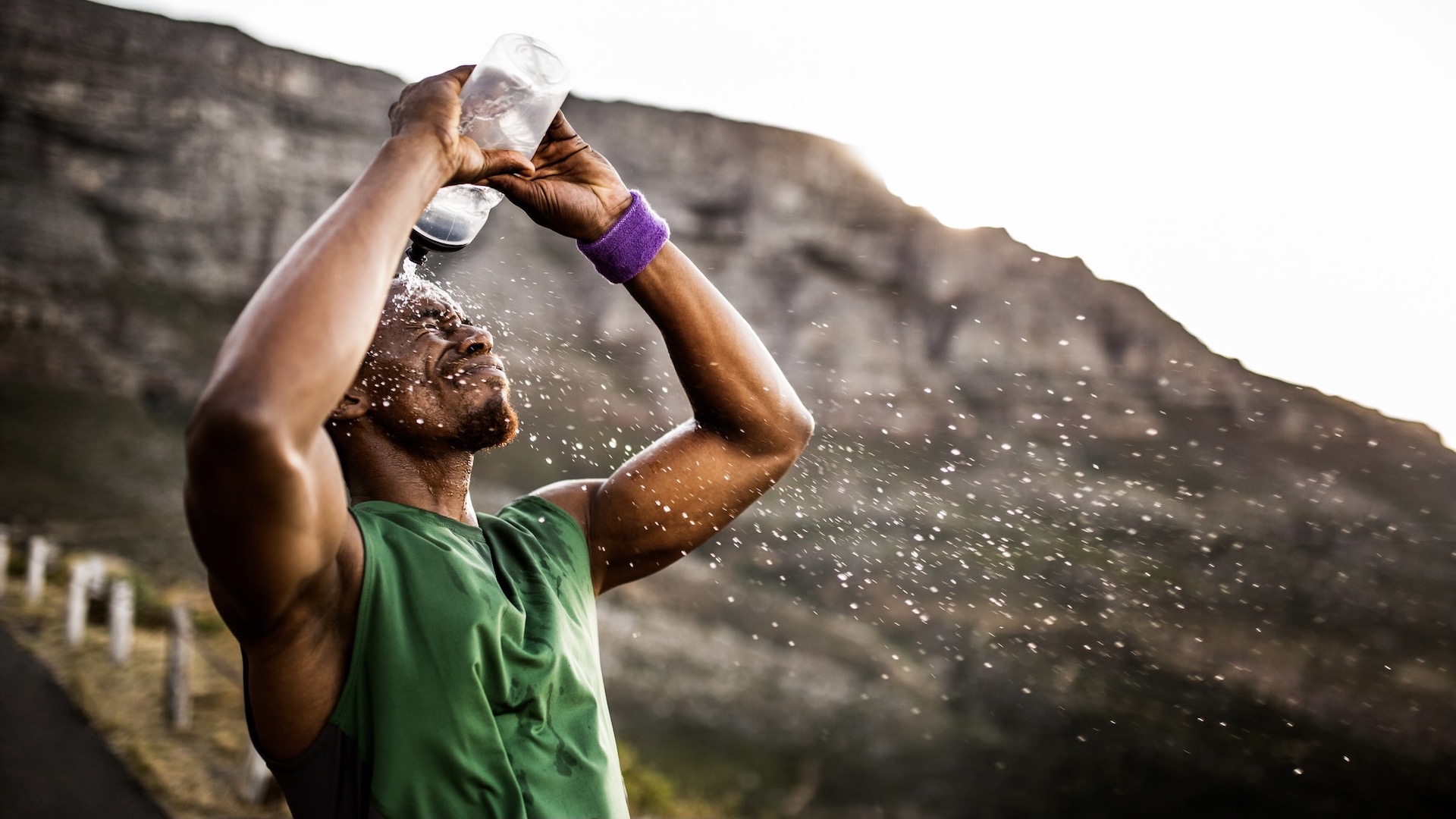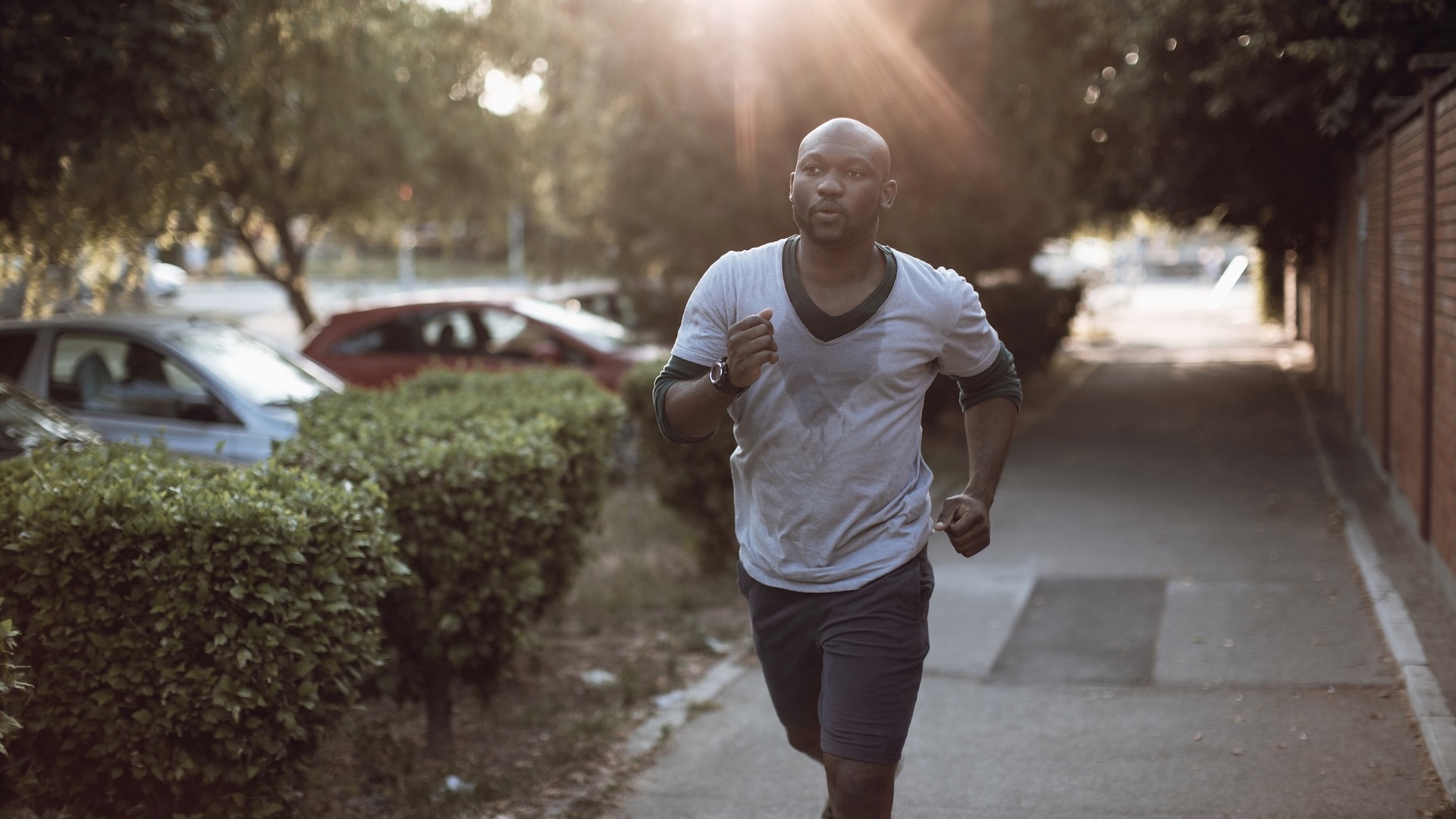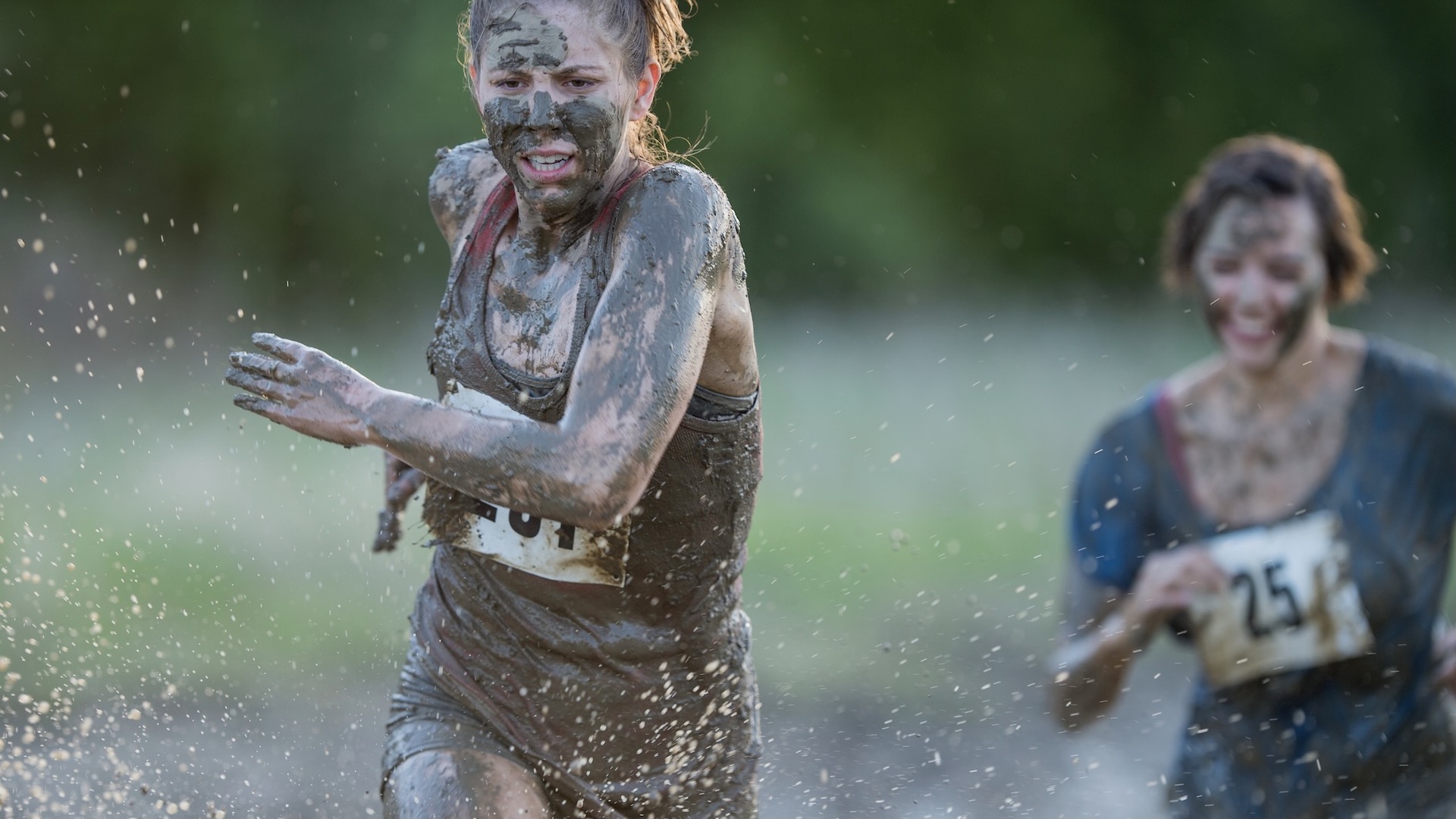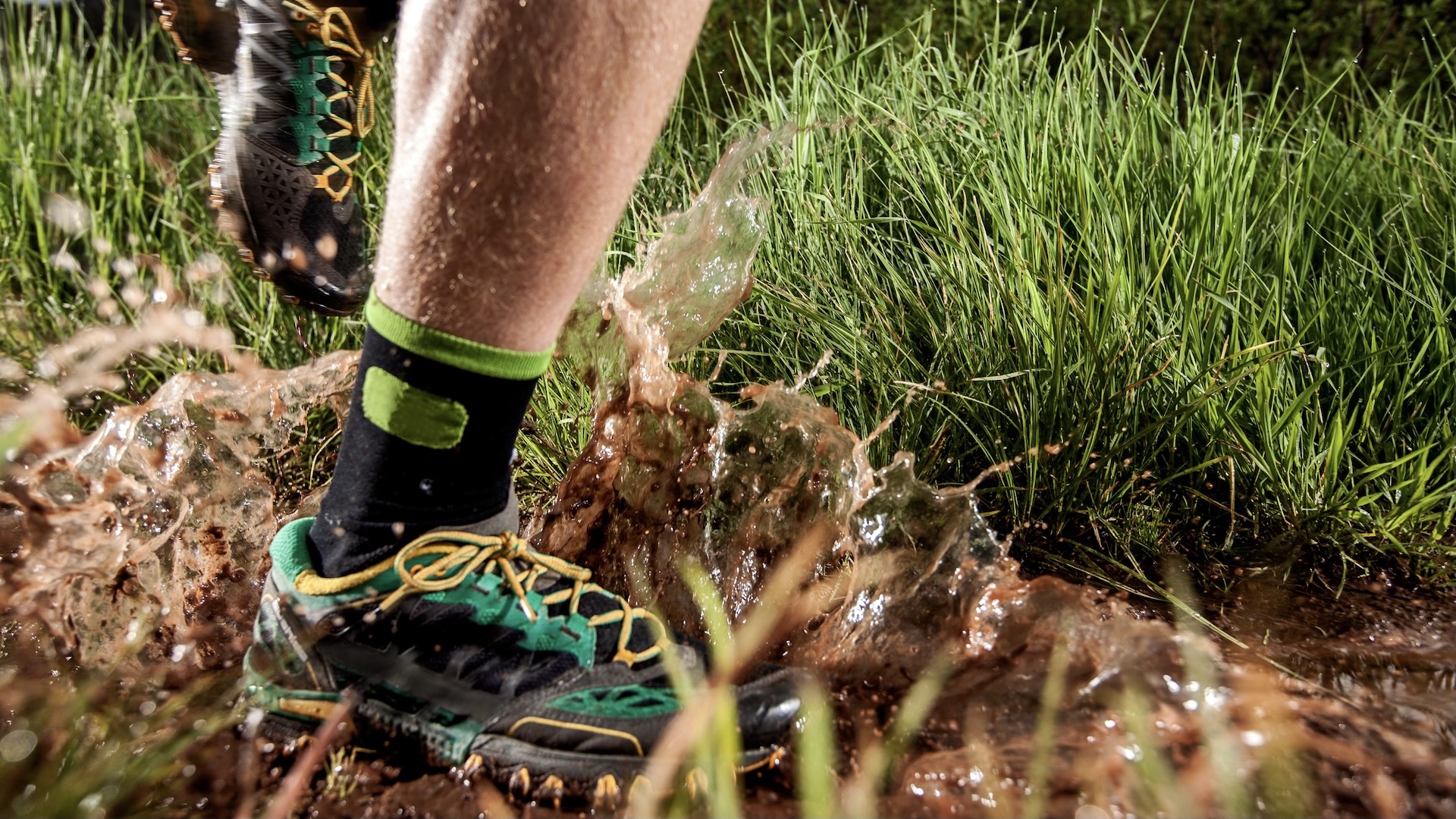How to deal with stinky running gear
Wondering how to deal with stinky running gear? Here are our top tips for odor-free sports clothes and running footwear

Running is a sweaty activity, which means you can end up with stinky running gear. Throw in some bad weather, rain and mud, plus busy lives that mean clothing and running footwear all too often sit around being damp, and it’s not difficult to see why many runners will be keen to discover the best tips for odor-free running kit.
Before we start to think about how to deal with stinky running gear, et’s start with the basics of why our kit starts to smell in the first place. It’s not actually the sweat that creates the odor. That’s because sweat itself doesn’t smell – it's the bacteria that is present naturally on our skin that causes the stink, and bacteria loves moist environments.
This means that when we sweat, especially in areas such as the underarms, the bacteria have a field day and start to breed and multiply. This is what causes body odor, or BO.
Did you know there is a medical term for BO? It’s bromhidrosis. This is a totally normal condition but when the smells caused by bromhidrosis become trapped in the fiber of the fabric this is when the odor starts.

Sports clothing fabrics and odor
Many running clothing manufacturers boast of technical fabrics that “wick away” sweat during work outs. What this normally means is that the clothing allows perspiration to evaporate through the products, including baselayers and waterproof jackets. In many cases, there will be a residue of some kind left in, or on, the fabric which, if not dealt with, will cause a bad smell.
But there is also the fabric type to consider. Many so-called moisture-wicking clothes are often polyester. It’s this man-made fabric that is usually the biggest offender of ending up whiffy. The bacteria stays in the fabric, multiplies and causes the stink runners know all too well.
Another reason that running clothes end up stinky is that they become dirty. The dirt clogs fibers and causes even more bacteria to build.
All the latest inspiration, tips and guides to help you plan your next Advnture!
Some brands add a range of anti-bacterial guards or finishes to fabrics, which can go see way to reduce the impact of the sweaty whiff, although these will wear with time.
Other running clothes are often made of natural fibers, such as merino wool or a cotton blend. Natural fibers are generally considered to be more odor-resistant, or better at reducing the stink of sweat. But how does this happen?
Wool fiber are scaly, compared to the smoother surface of synthetic fibers, and this has been shown to prevent the absorption of moisture. In fact, there is a name for this – it's a "hygroscopic fiber", meaning it readily absorbs moisture. The result is that the skin next to the wool fabric stays drier, discouraging bacterial growth.
It’s the same with running footwear. The moisture from sweat, as well as the general dampness of shoes that have been subjected to rain, puddles and mud. Worse still is when you leave your wet trail running footwear on a shoe rack and they remain damp. The smell that is then created is often described as being similar to cat urine. We all know what that’s like, don’t we?

How to deal with stinky running gear
Now we know what causes the smell, the next step is to discover how to deal with stinky running gear.
The best advice is to act quickly. The longer you leave clothes and footwear lying about damp, the more they will smell – and that stink could become ingrained in the fabric.
However, we are all more aware of the environmental impact of our domestic tasks. The fewer washes we do each week, the lower the effect of CO2 gases caused by energy use.
So, your first step to deal with stinky running clothing should be to air sweaty clothing to allow it to dry out.
Another tip is to pre-soak running clothes in a simple solution of water and baking soda or vinegar to help to break down bacteria before machine washing. Use a cup of baking soda diluted in a cup or two of water, or one part white distilled vinegar to four parts water. After the pre-soak you can maintain a lower temperature in the washing machine, which is better for the climate because it uses less energy.
You can also buy products that claim to be purpose-made to reduce sports clothing odor. For example, Nikwax Base Wash, Base Fresh and Sports Shoe Wash are specifically designed to “deodorise” sports products.

How to deal with stinky running footwear
It’s not a good idea to put your running shoes through the washing machine because it will ruin key elements of the anatomy of the footwear, such as the glue and rubber. Instead, you need to make sure you properly dry out shoes after use.
To start with, make sure you clean off mud and dirt from the shoes as best you can. Leaving them dirty will cause a slow degradation of the footwear fabric.
Next, you want to dry out the shoes. Open up the laces and also remove the insole. Dry these in an airy place although not on direct heat, such as a radiator. If it’s a dry day, leave them outside or you could use low-heat electric shoe driers to take away the moisture.
There are other ways to help with the drying process, such as rolling up balls of newspaper and stuffing them inside the shoes, or use moisture-absorbing commercial products designed for this task.
You can make your own odor eliminator, such as a mix of baking soda, arrowroot powder and essential oils in a cloth bag. A couple of tea bags can also make a handy deodoriser for running footwear.
There are plenty of purpose-made running shoe odour eliminators for sale in shops and online, too.
And if you look after your running footwear you won’t need to replace your shoes so frequently.

Other tips for how to deal with stinky running gear
Choose clothing made of natural fibers where possible. Merino baselayers and running underwear are a good starting place. Lightweight wool running socks can help to reduce in-shoe moisture.
Using an underarm body deodorant may help keep your running clothes fresh, too. Since odor is produced when bacteria comes into contact with sweat, you'll want to buy an antiperspirant deodorant to help to reduce your sweating in the first place.
There are a couple of downsides to wearing deodorant, however. First, these products can be damaging to the environment in the manufacture process. Also, they can leave a stain on the inside of your clothing.
Wearing sleeveless running tops is helpful as well because it is the underarm area of most tops that is usually the problem place.
If you follow some of the tips above it should help you to deal with stinky running gear.

Fiona Russell is a widely published adventure journalist and blogger, better known as Fiona Outdoors. She is based in Scotland and is an all-round outdoors enthusiast with favorite activities including trail running, mountain walking, mountain biking, road cycling, triathlon and skiing (both downhill and backcountry). Aside from her own adventures, Fiona's biggest aim is to inspire others to enjoy getting outside and exploring, especially through her writing. She is also rarely seen without a running skort! Find out more at Fiona Outdoors.
